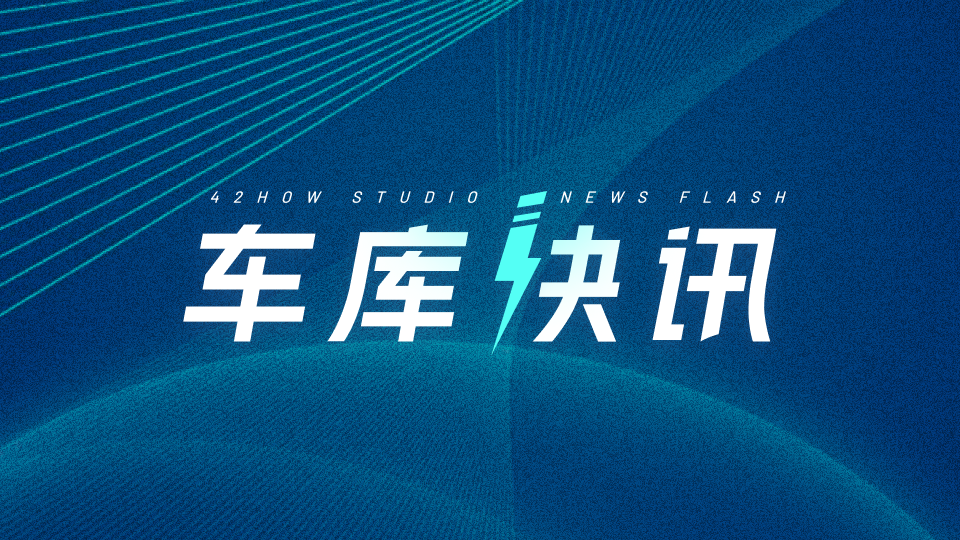On June 1, 2025, the Third Pioneer Conference on Future Automobiles – Intelligent and Connected Vehicles Commercialization Forum was held at the Shenzhen International Convention and Exhibition Center (Bao’an).
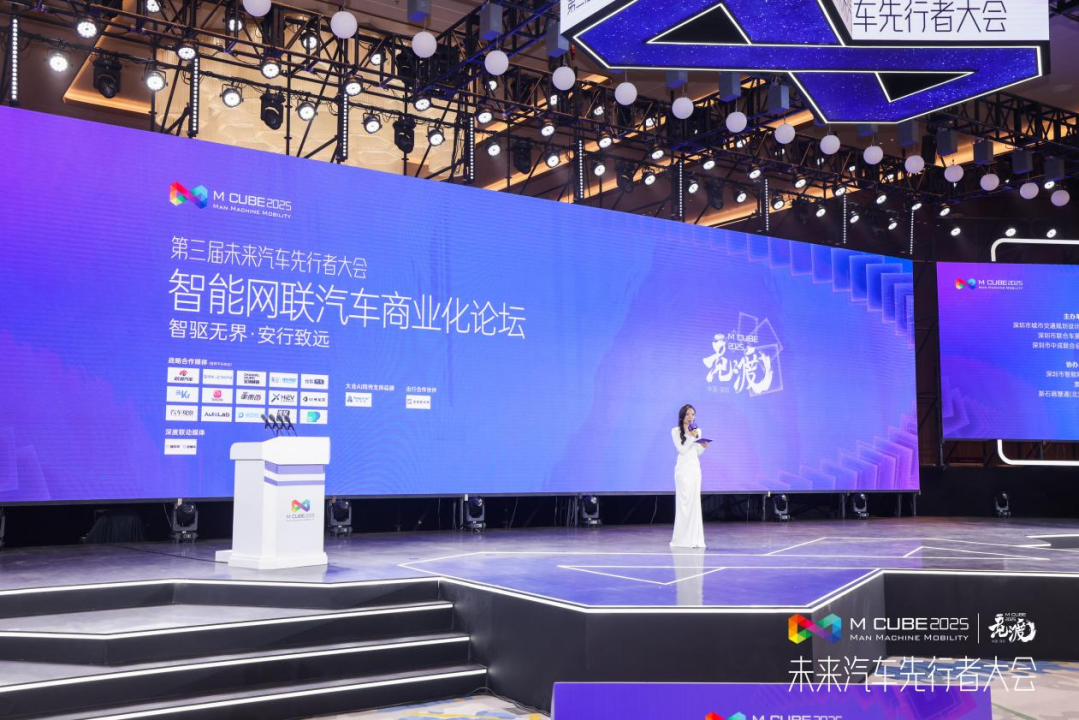
With the theme “Intelligent Drive, Boundless Journey,” the forum focused on cutting-edge topics such as vehicle-road-cloud integration, autonomous driving commercialization, and unmanned logistics. It gathered national ministries, local governments, vehicle and component manufacturers, research institutions, and industry experts to discuss the path from pilot projects to large-scale application of intelligent and connected vehicles. The forum was jointly organized by the Shenzhen Urban Transport Planning & Design Institute Co., Ltd., Shenzhen United Car Exhibition Management Co., Ltd., and Shenzhen Zhongcheng Joint Exhibition Management Co., Ltd., with support from Shenzhen Intelligent and Connected Vehicle Transportation Association, Meituan, and New Stone.
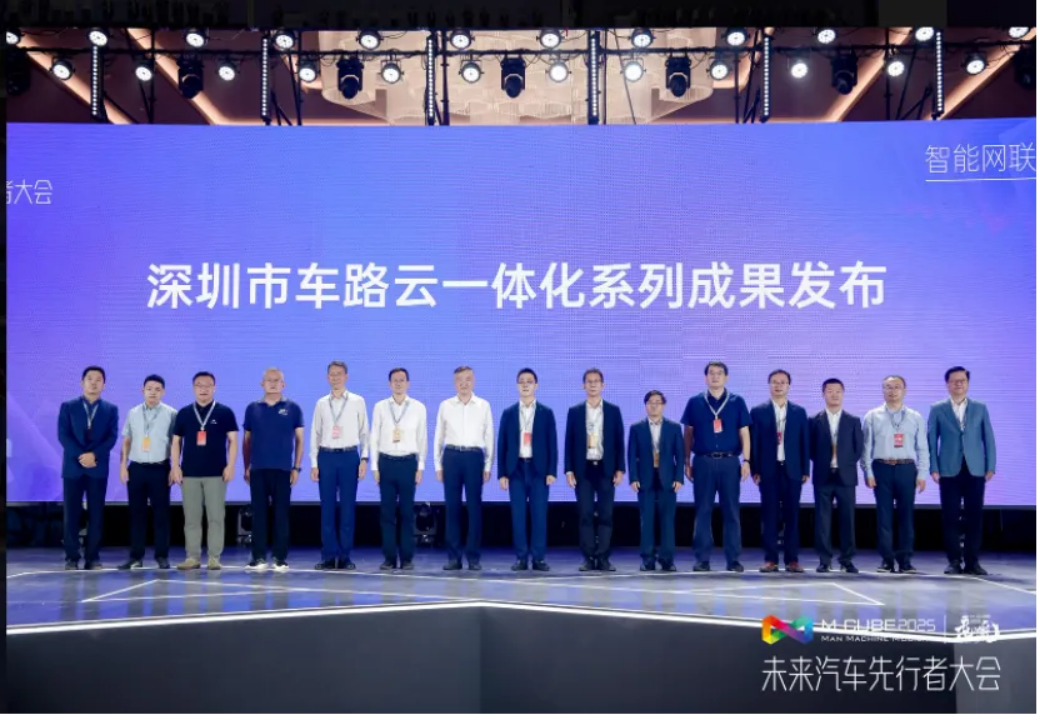
During the forum, the first phase of the Shenzhen Automated Delivery 2.0 Transition achievements was released, accompanied by several signing ceremonies, including a strategic cooperation agreement between Pony.ai and Xihu Group, the release of trial operation results in Longgang District, and an industry-education integration agreement between New Stone, Shenzhen City Vocational College, and Eastern Bus.
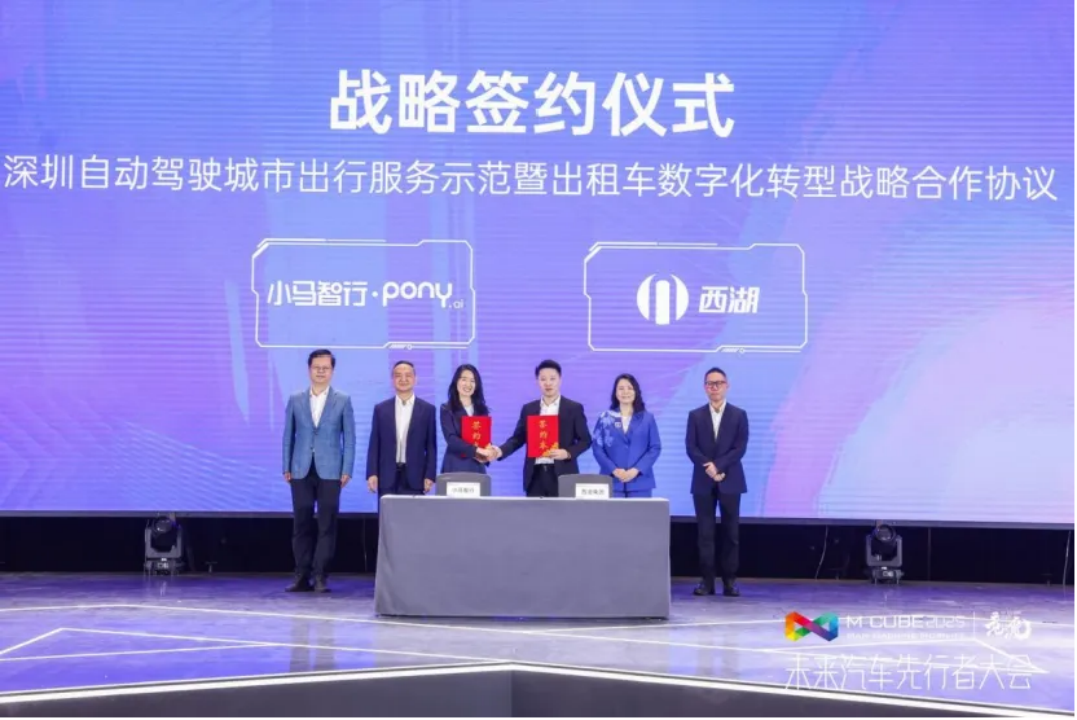
Additionally, the Shenzhen Intelligent and Connected Vehicle Transportation Association, along with multiple unmanned vehicle enterprises, signed the “Shenzhen Functional Unmanned Vehicle Safety Operation Self-Discipline Convention” to enhance operational safety through industry self-discipline.
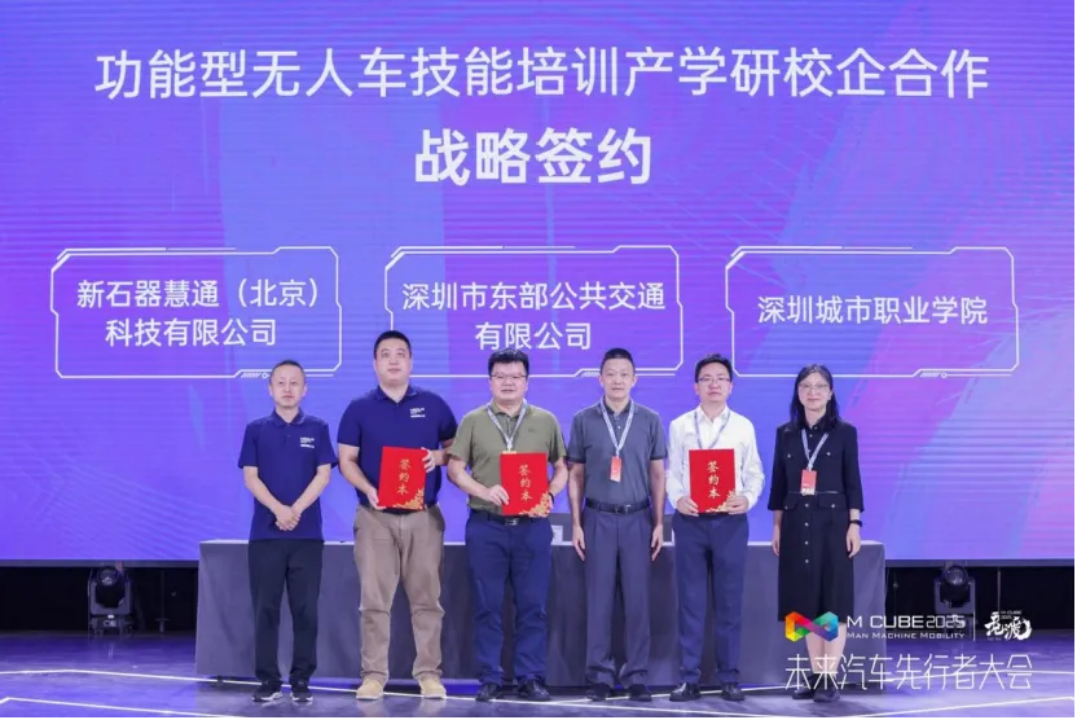
Jin Bing, former Deputy Director-General of the Policy and Regulation Department of the State Post Bureau, stated in his speech that since the “Artificial Intelligence +” strategy was clearly proposed in the 2024 government work report, the intelligent and connected vehicle sector has continued to enjoy favorable policies. The Ministry of Industry and Information Technology, along with six ministries, issued the L3 level autonomous vehicle open road pilot program, selecting nine cities, including Shenzhen, for the initial trials.
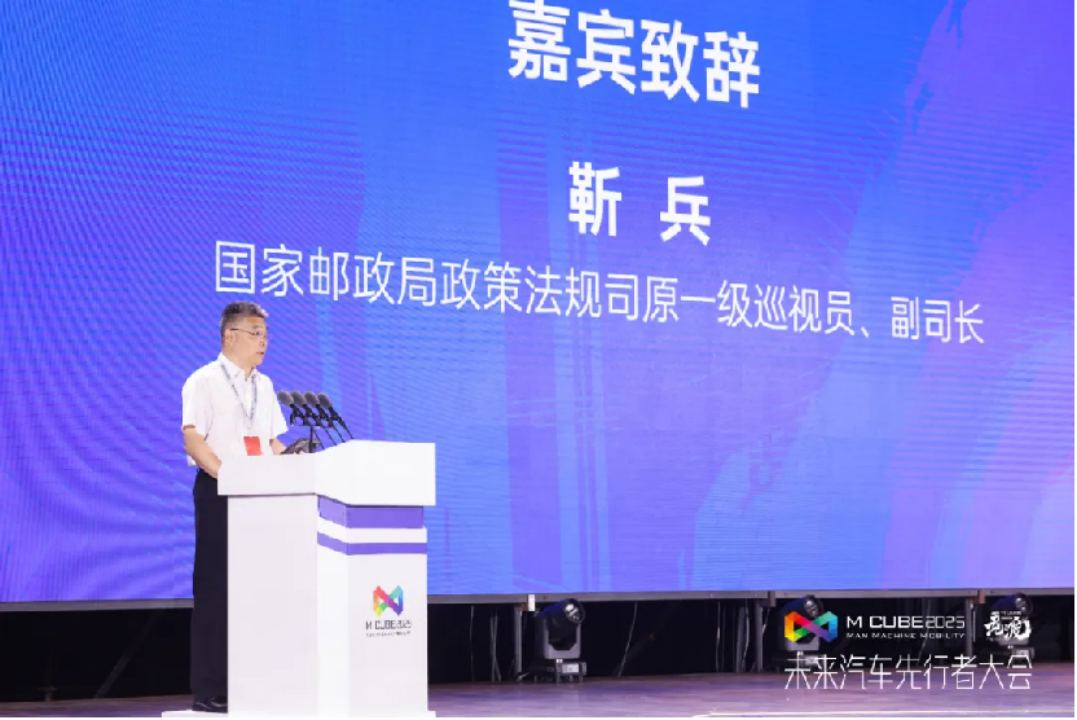
Xu Wei, Deputy Director of the Shenzhen Transportation Bureau, introduced that Shenzhen, as the nation’s “most open city for autonomous driving,” has established a “4+3” platform system, covering vehicle platform, road test infrastructure platform, cloud support platform, and network platform, along with three sub-platforms for safety monitoring, comprehensive regulation, and operational services. Shenzhen has opened over 2,000 kilometers of test roads and plans to lay more than 8,000 kilometers of test-use roads throughout the city. Shenzhen is upgrading to an Unmanned Logistics 2.0 model, collaborating with companies like Meituan and SF Express to build an “Unmanned Aerial Vehicle + Unmanned Container Truck + Unmanned Micro-Transport + Unmanned Delivery Vehicle” integrated logistics network. Huang He, Deputy Director of the Shenzhen New Energy Vehicle Industry Office, reviewed that in 2024, the output value of Shenzhen’s automobile manufacturing industry increased by 49.8% year-on-year, the value added of the intelligent and connected vehicle industry exceeded 100 billion yuan for the first time, and new energy vehicle production accounted for 22.3% of the national total, with a penetration rate of 76.9%.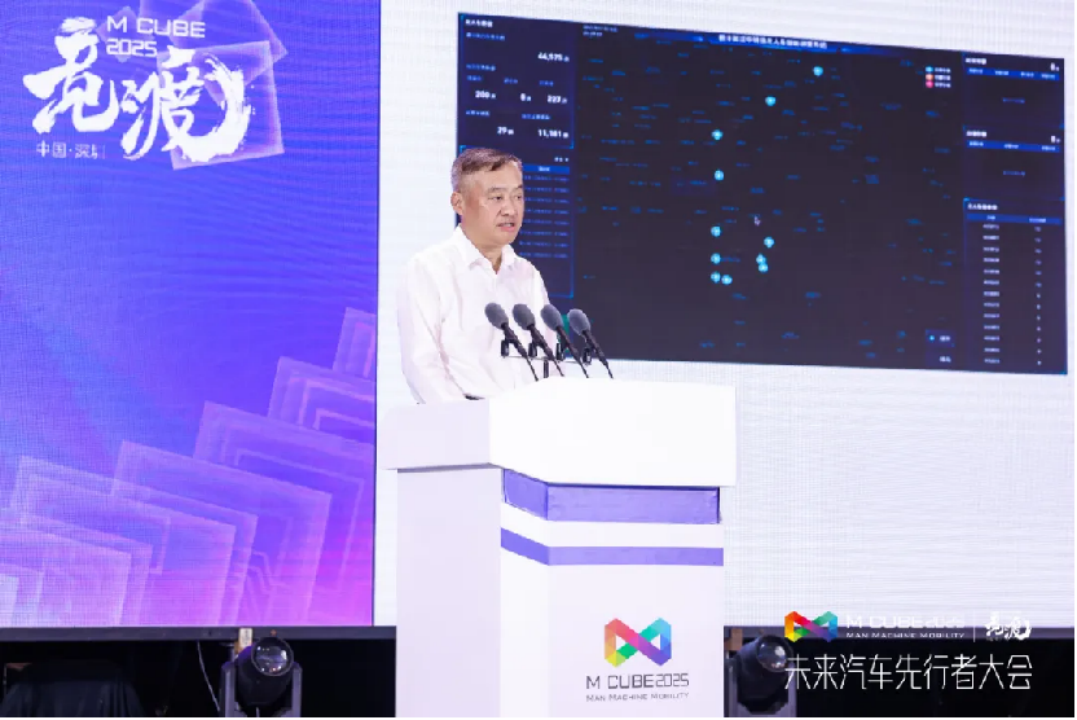
Yang Yuxing, Deputy General Manager of Shenzhen City Transportation Planning and Design Research Center, elaborated on the theme of “Integrated Development of Vehicle-Road-Cloud Collaboration,” explaining the center’s bridging role in promoting both closed and open scenario testing. Yang highlighted the critical transition from L2 to L3, focusing on balancing the contradiction between “real scenario release” and “safety redundancy.” He suggested incorporating end-to-end testing links such as airport automated parking and key road sections under unified government supervision to create an integrated “point-line-plane” testing environment. Additionally, he recommended government-specified “roadside rules” at key conflict points for sections lacking regulations, along with third-party simulation assessments.
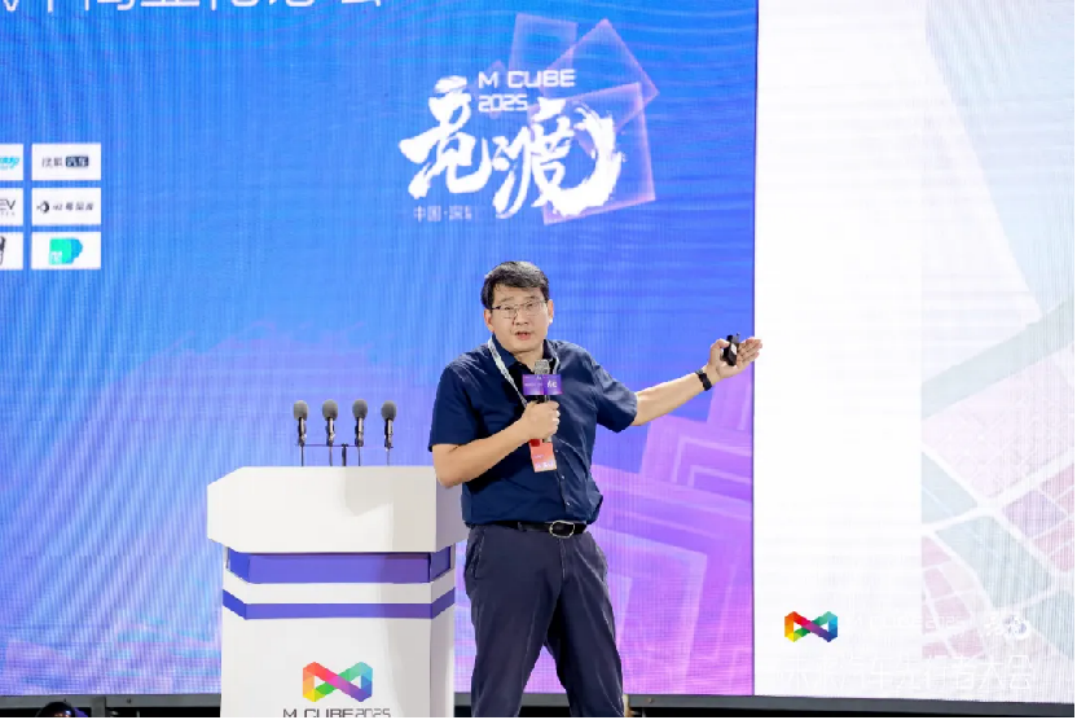
Lu Yuchun, Chief Engineer of Huawei’s Smart Transportation Corps, introduced the concept of “Constructing a Vehicle-Road-Cloud Intelligent Foundation Driven by Value Scenarios,” leveraging Huawei’s ICT strengths and collaborating with industry partners to deliver the “Vehicle-Road-Cloud-Network-Security” solution. He outlined core technical capabilities and shared multiple demonstration projects, including P2 automated parking at Shenzhen Airport, piloting unmanned heavy truck transport in Xinjiang, and optimizing intelligent traffic control at urban intersections.
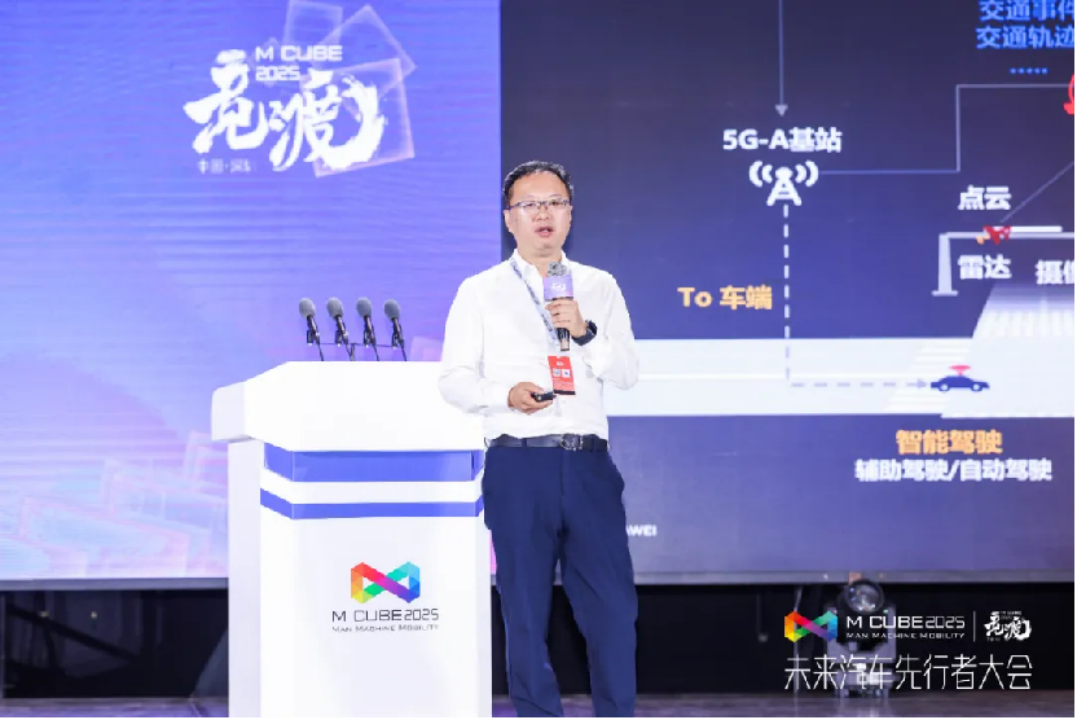
Soo Tung-che, Director of Smart Mobility at Hong Kong Applied Science and Technology Research Institute, delivered a special report on “Cross-border Connected Autonomous Driving Practices between Shenzhen and Hong Kong.” He reviewed the institute’s efforts since the pilot in Sha Tin District in 2019, addressing “Perception Coordination” and “Strategy Coordination” challenges in the unique Hong Kong traffic environment of “narrow roads, high speeds, multiple roundabouts.” Soo emphasized the scarcity of road resources in Hong Kong, which lacks traffic lights at many roundabouts, necessitating higher cross-brand negotiation and coordination strategies for vehicles.
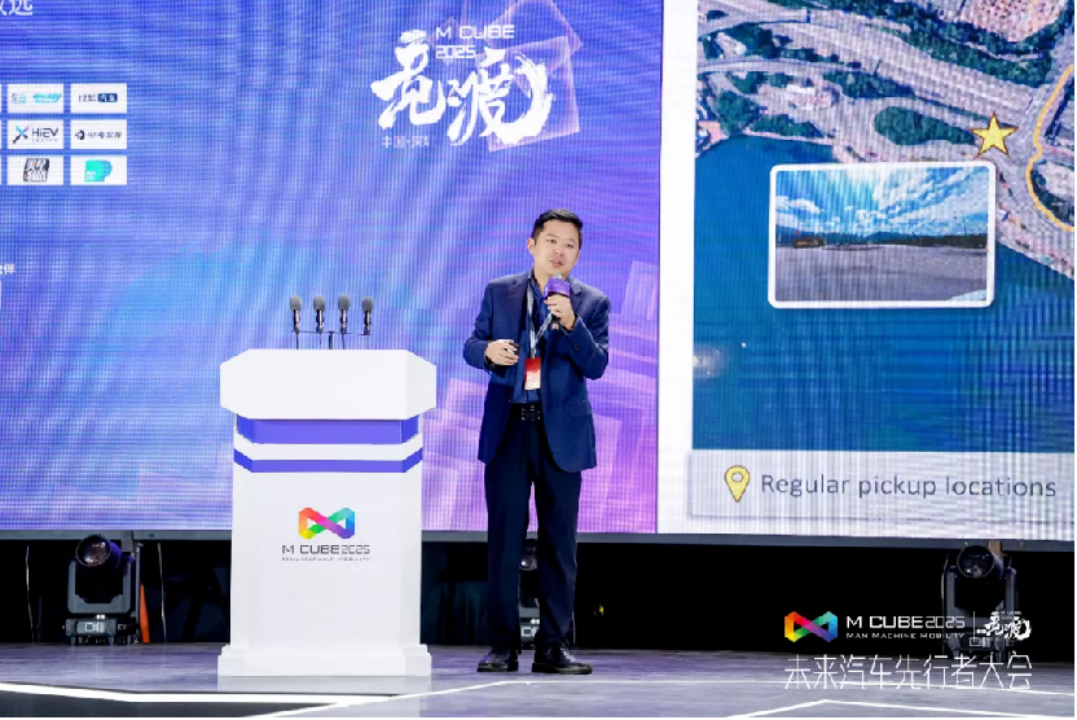
This article is a translation by AI of a Chinese report from 42HOW. If you have any questions about it, please email bd@42how.com.
